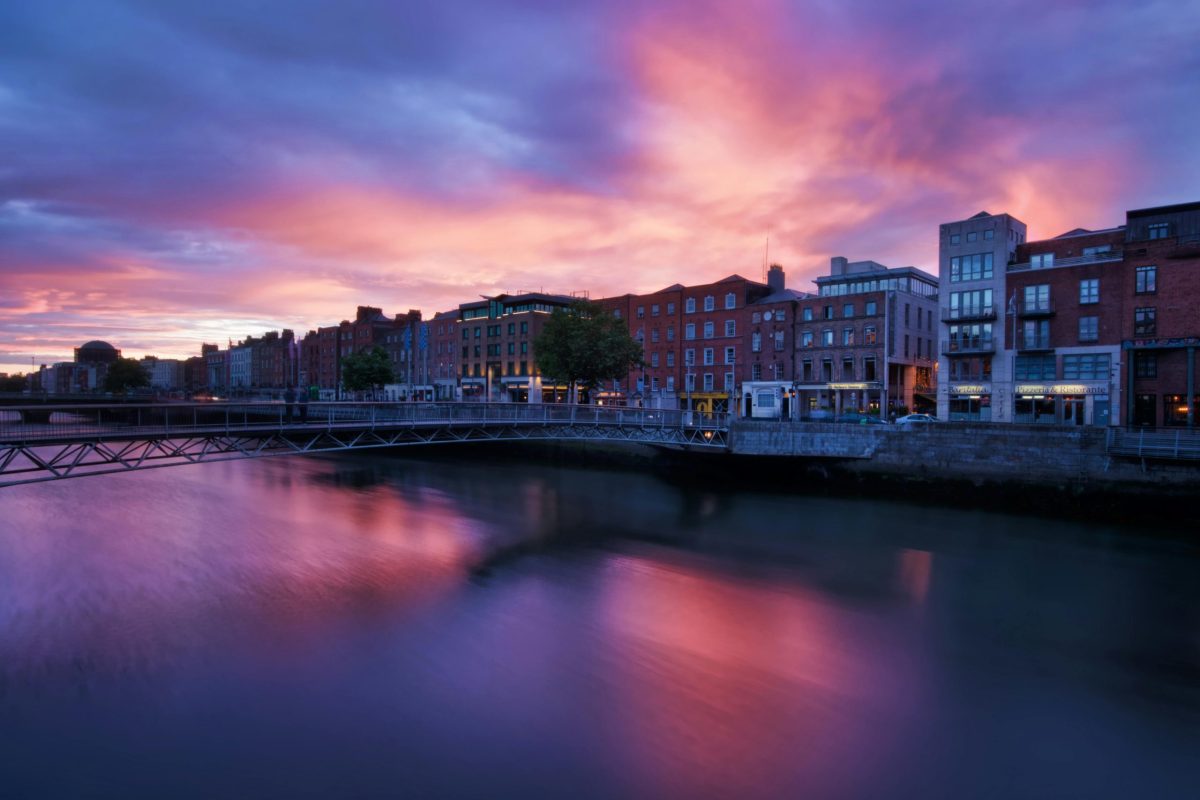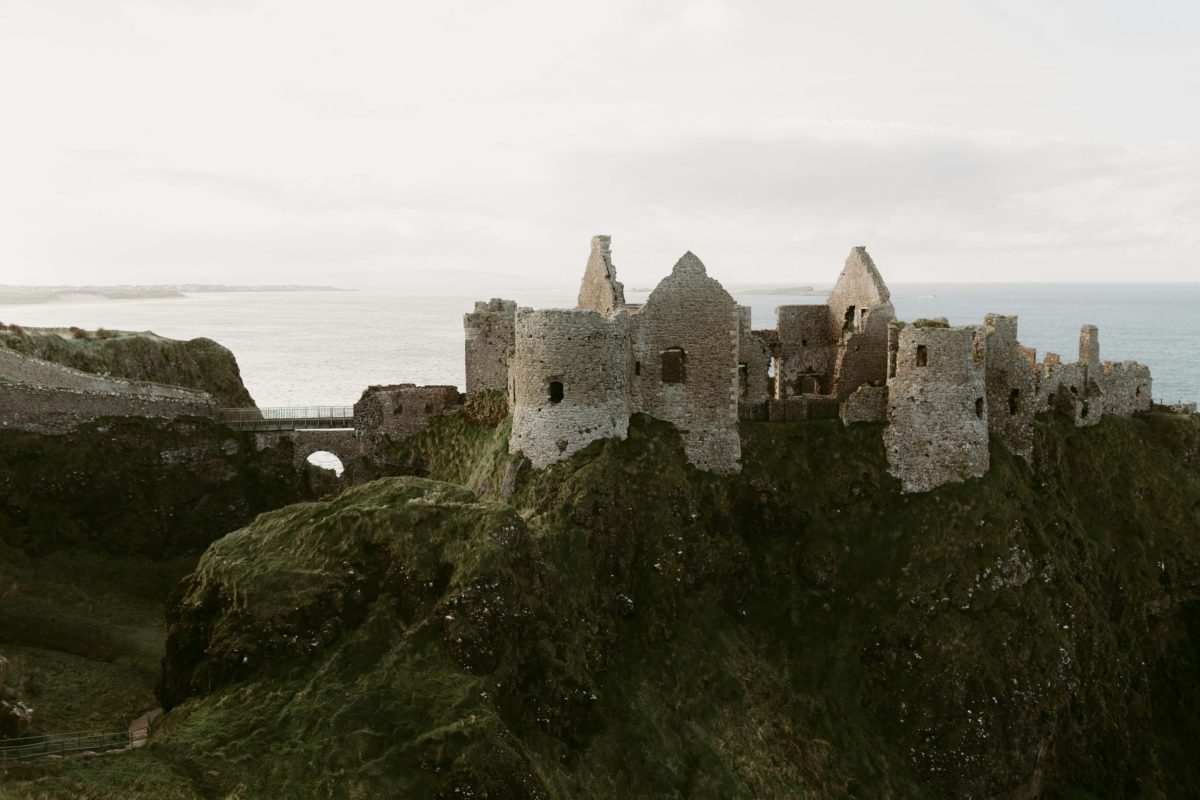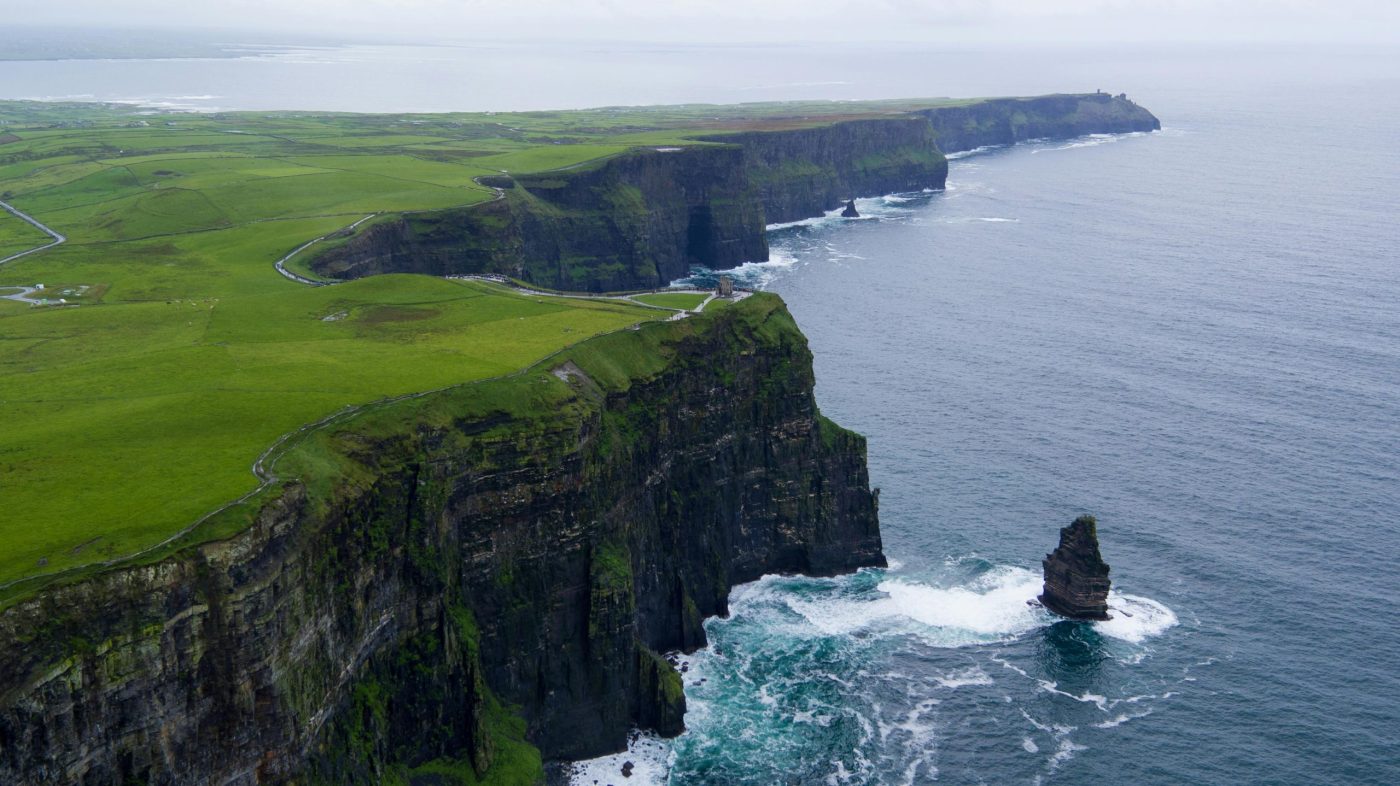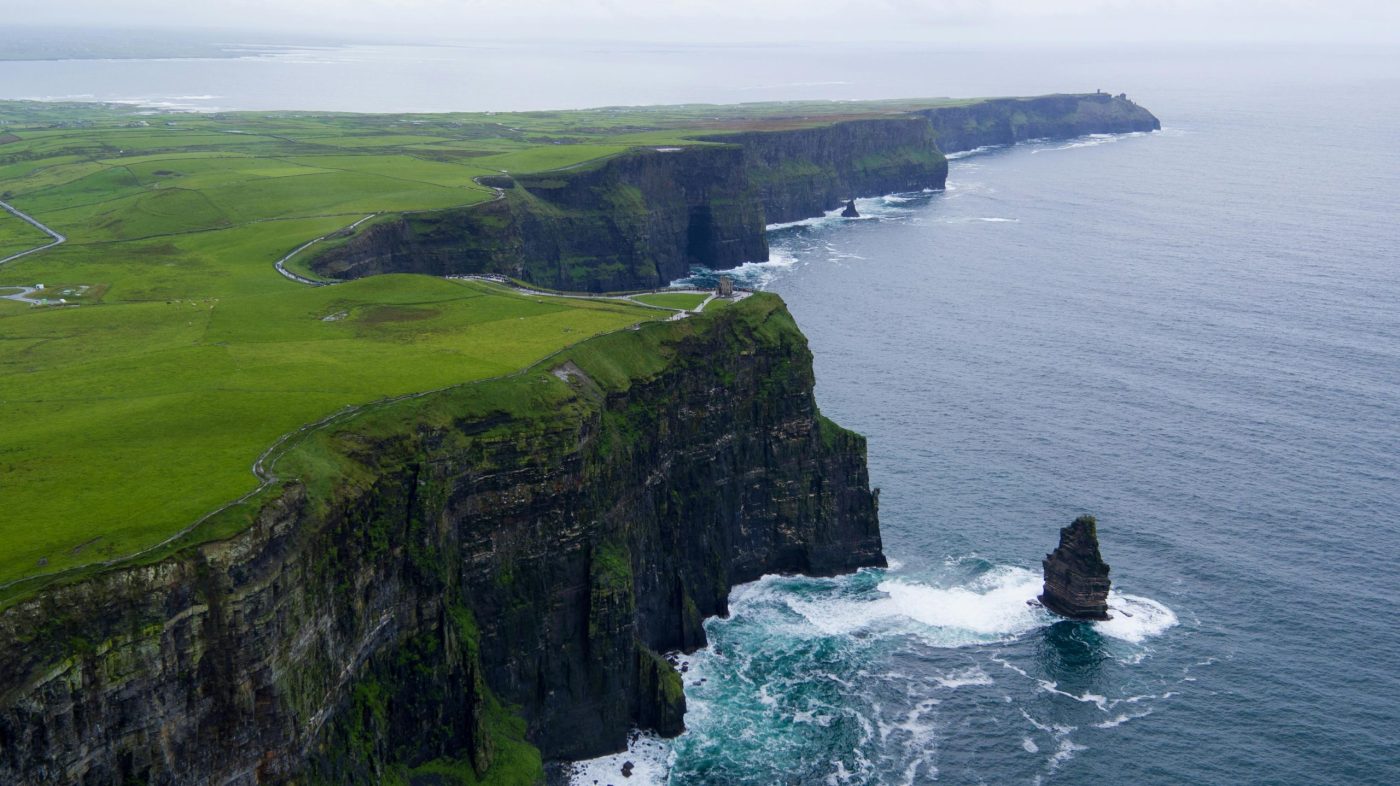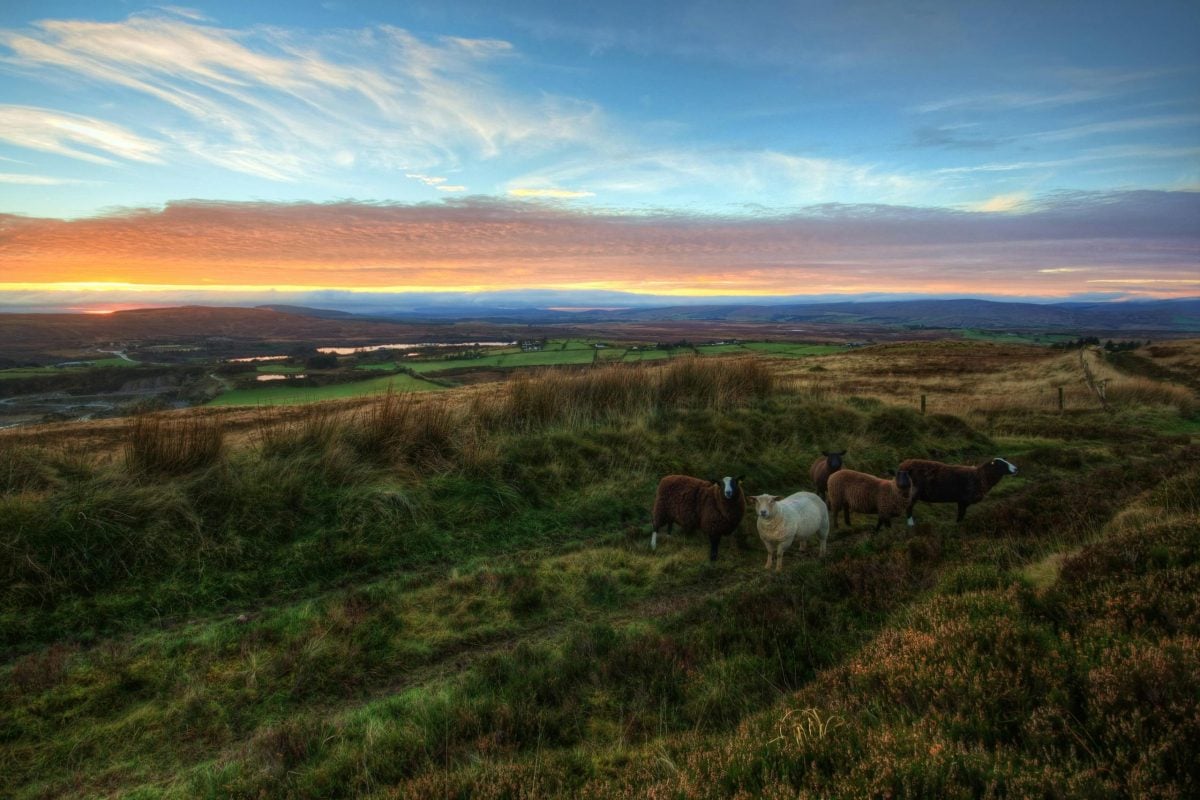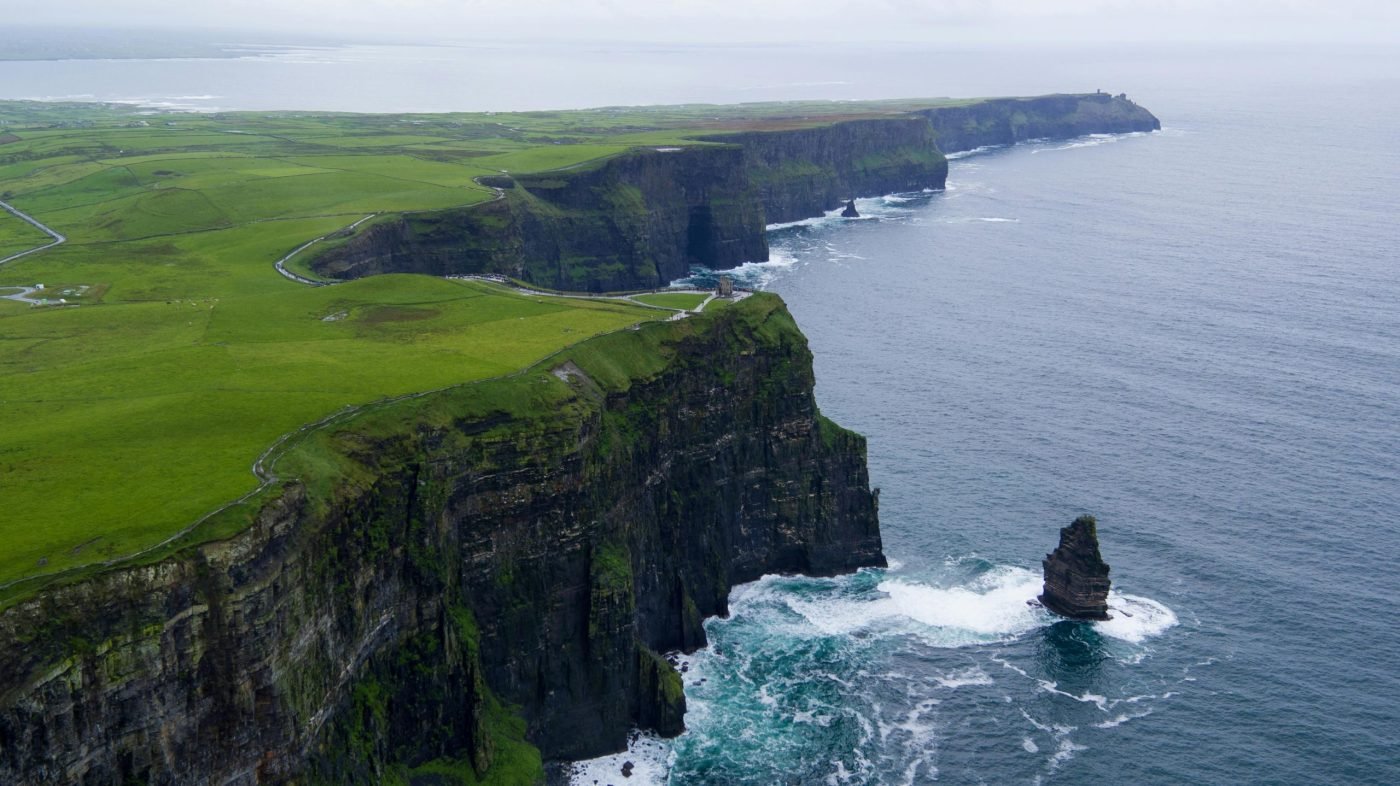The Night Michael Collins Was Assassinated: How a Bullet Changed the Course of Irish History Forever
Estimated reading time: 7 minutes
Key Takeaways
- Michael Collins was a key leader in the fight for Irish independence.
- His assassination symbolized the deep ideological divides within Ireland.
- Collins’ legacy continues to resonate in modern conversations about unity in Ireland.
Table of Contents
Introduction
The Heart of the Story
The Wider Echo
The Now & The Next
Did You Know?
FAQs
Final Word
Introduction
August 22, 1922 — the night the skies over Bandon, Cork, became heavy with the weight of loss, a moment etched in the hearts of every Irish man and woman. Michael Collins, soldier, statesman, idealist, was lost to a world filled with conflict and promise. A bullet to the head shattered not just his own life but struck at the very spirit of a nation on the brink, whispering of dreams unfulfilled and futures denied.
The Heart of the Story
In the quiet corners of West Cork, a legend was born. Michael Collins, the bold architect of modern Ireland, had a charisma that lit a fire in the hearts of many. It was the dashing young leader who spearheaded the fight for independence, who forged the Treaty of 1921, leading to civil strife that sharply divided his people. His belief in a united Ireland clashed with hardliners; he was both a beacon of hope and a target for those struggling to conceive the change he envisioned. The night he was gunned down in an ambush carved despair into the Irish narrative. Surrounded by men who once fought side by side, Collins fell — the sound of gunfire echoing like the final toll of a bell, his life snuffed out in a moment.
The Wider Echo
The assassination of Michael Collins echoed far beyond the cornfields of Cork, reverberating through the very fabric of Irish history. A martyr to some, a traitor to others — his death ignited questions of loyalty and betrayal. As the flames of civil war consumed the country, the heartbreak of seeing a beloved leader die at the hands of his fellow Irishmen echoed in the hearts of a citizenry torn apart. In the years that followed, two governments emerged, remnants of a society splintered along ideologies that Collins struggled to unite. His loss was felt in the streets, in the homes, and in the crowded pubs where fiery debates of allegiance were born out of grief, anger, and betrayal.
The Now & The Next
Today, we cannot merely romanticize Michael Collins’ myth—his legacy continues to challenge us. As Ireland grapples with modern issues of unity, identity, and heritage, his story reverberates from Dublin to Donegal, speaking to our constantly shifting landscape. The passion for change, for justice, for the right to dream of a better Ireland remains a powerful call. Every political debate, each protest — a testament to the spirit of defiance Collins embodied. With whispers of his name, we can still hear the echoes of the past blending with the pulse of the present. Michael Collins teaches us that history is not just about remembering the battles fought; it’s about understanding the peace yet to be won.
Did You Know?
- The bullet that killed Collins was believed to have been fired by an anti-Treaty IRA member, highlighting the tragic irony that a leader of revolution fell to the hands of his compatriots.
- Michael Collins is buried in Glasnevin Cemetery, Dublin, a site of immense historical significance, attracting thousands of visitors each year who pay their respects to this revolutionary icon.
FAQs
What was Michael Collins’ role in the Irish War of Independence?
Collins was a key strategist and leader for the Irish Republican Army, becoming one of the most prominent figures in the struggle against British rule. His vision for an independent Ireland led to critical treaties that shaped the nation.
Why is Michael Collins remembered as a hero?
Many see him as a symbol of hope and progress; a man who took bold actions for freedom yet tragically met his end during a violent civil strife. His legacy continues to inspire current generations fighting for justice and unity in Ireland.
Final Word
To remember Michael Collins is to grasp the very essence of the Irish spirit — fierce, passionate, and undeniably human. The night he fell is a reminder that the ideals we hold dear can lead to strife as much as solidarity. Yet, as we raise our glasses in his memory across pubs from Cork to Chicago, we carry forward the unyielding fight for a future brightened by hope and unity. If you carry the same pride we do, you’ll find a piece of home waiting at HubIrish.com.

